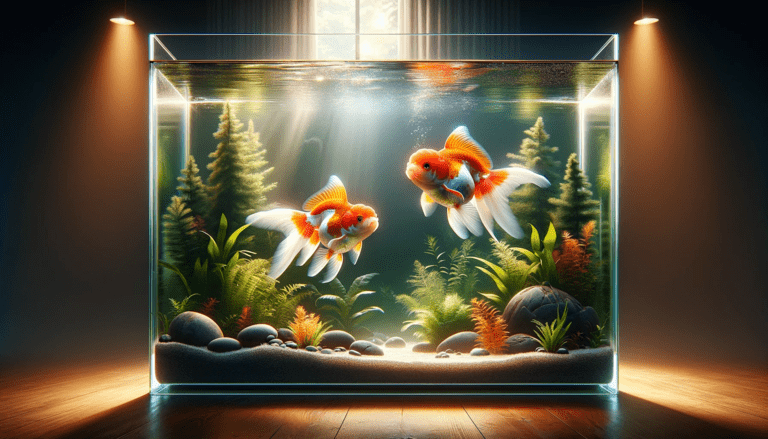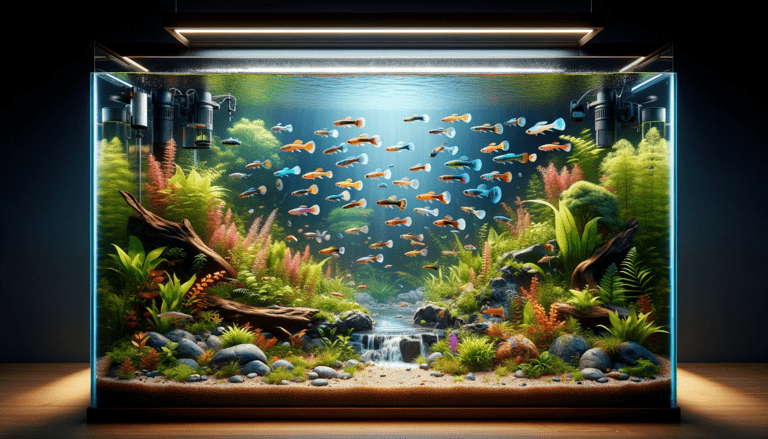
How Many Goldfish Can Be in a 20 Gallon Tank?
Goldfish are a beloved pet for many, known for their bright colors and playful nature. A common question among goldfish

Guppies, with their vibrant colors and lively nature, are a staple in the aquarium hobby. Originating from South America, these little fishes are known for their ease of care and the stunning variety of colors and patterns they exhibit. Guppies have been a favorite among both novice and experienced aquarists due to their hardiness and fascinating behavior.
The scientific name for Guppies is Poecilia reticulata. Commonly, they’re known simply as Guppies, but are also sometimes referred to as Millionfish or Rainbow Fish due to their diverse and vibrant colors.
Physical Appearance
Guppies are small, vibrant fish, renowned for their dazzling array of colors and patterns. Males are especially colorful, with ornate tail fins featuring unique designs. Female Guppies are generally larger and less colorful. They typically grow up to 2.4 inches in length, with males being slightly smaller than females.
Lifespan and Growth
Guppies have an average lifespan of 1-2 years, though they can live longer under optimal care. They are fast growers, reaching maturity quickly. Maintaining ideal tank conditions, proper diet, and stress-free environment contribute to their healthy growth and longevity.
Setting up an ideal tank for Guppies involves several important considerations to ensure a healthy and stimulating environment for these vibrant fish.

Guppies are omnivorous and thrive on a varied diet. Here’s a detailed guide on feeding your Guppies:
Guppies are known for their peaceful and playful behavior, making them ideal for community tanks. They are active swimmers and enjoy being in groups, often seen shoaling together.

Guppies are prolific breeders and are relatively easy to breed in the home aquarium.
Understanding the breeding behavior and requirements of Guppies is crucial for anyone looking to breed them successfully. It’s important to manage the population and provide adequate care for the fry to ensure their survival and health.
Maintaining the health and wellness of Guppies involves proactive care and awareness of common health issues:
Ensuring a healthy environment and being vigilant about the signs of illness are vital for the well-being of Guppies.
Proper maintenance and care are crucial for keeping Guppies healthy:
Regular and careful maintenance is essential for a healthy Guppy habitat, preventing stress and disease.

Goldfish are a beloved pet for many, known for their bright colors and playful nature. A common question among goldfish

The short answer to whether betta fish can live with goldfish is generally no. While both are popular in the

Goldfish, with their vibrant colors and serene swimming patterns, have long been cherished as household pets. Contrary to popular belief,